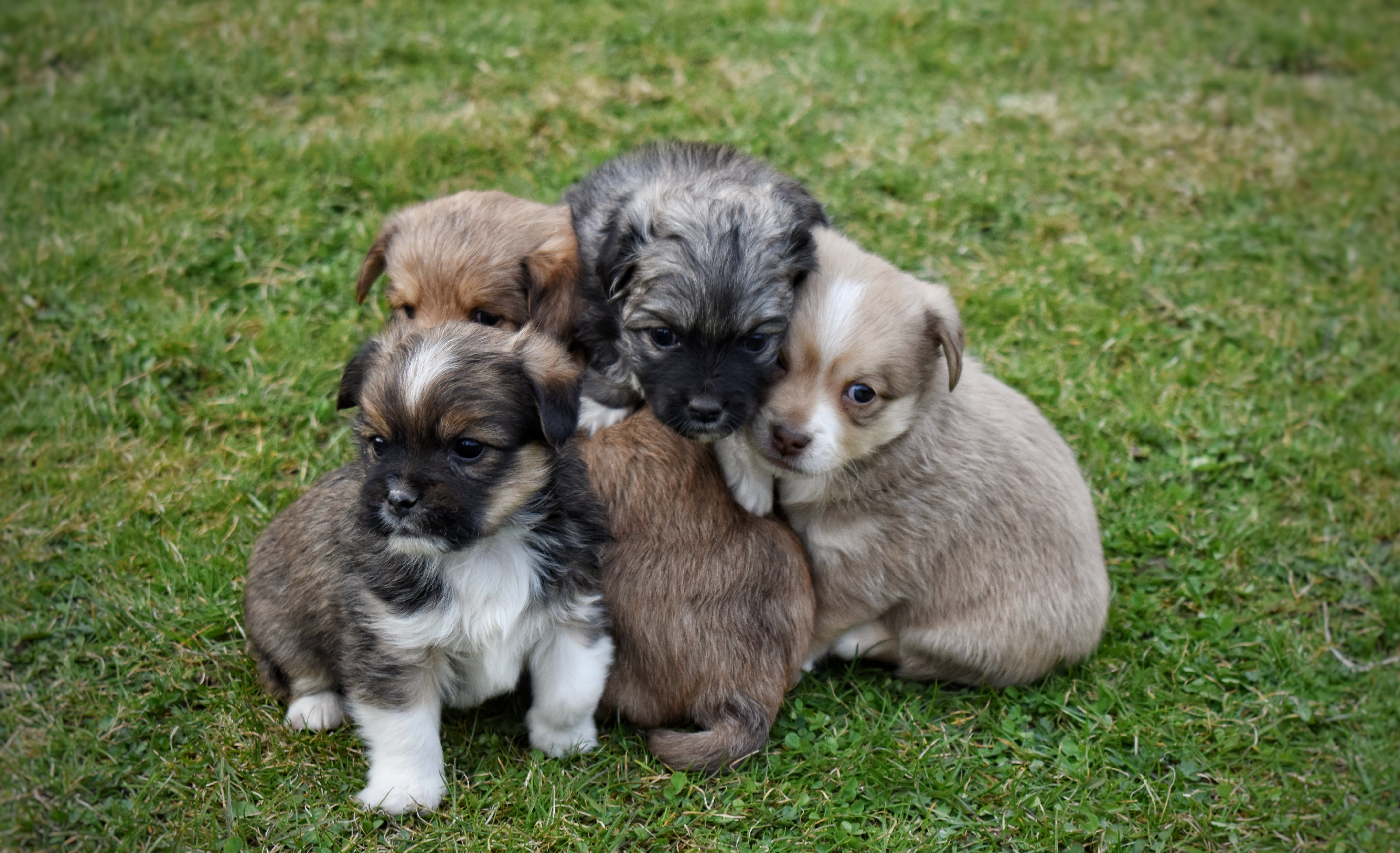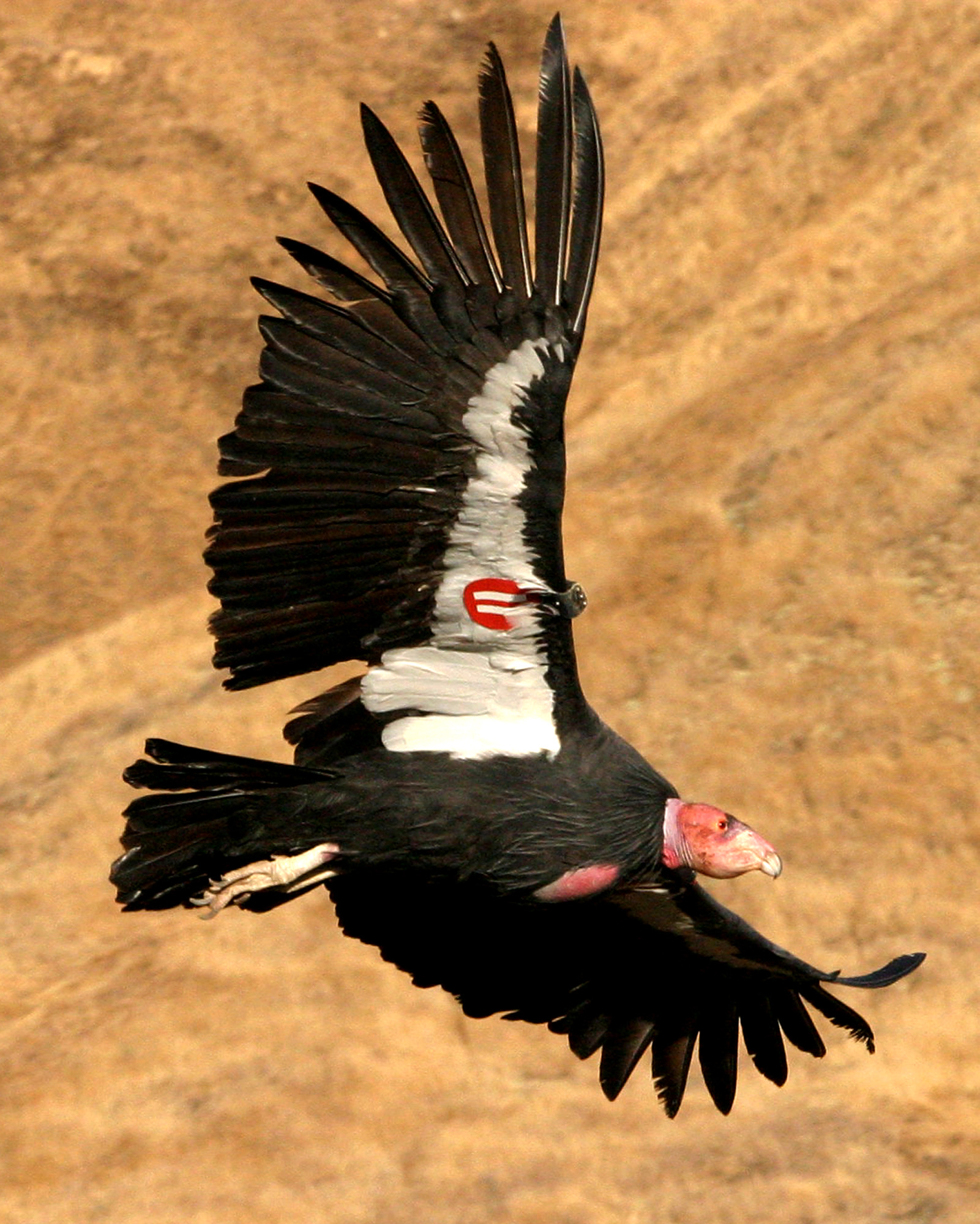Learning Outcomes
- List the properties of life
All living organisms share several key characteristics or functions: order, sensitivity or response to the environment, reproduction, growth and development, regulation, homeostasis, and energy processing. When viewed together, these characteristics serve to define life.
Order

Figure 1. A toad represents a highly organized structure consisting of cells, tissues, organs, and organ systems.
Organisms are highly organized, coordinated structures that consist of one or more cells. Even very simple, single-celled organisms are remarkably complex: inside each cell, atoms make up molecules; these in turn make up cell organelles and other cellular inclusions.
In multicellular organisms (Figure 1), similar cells form tissues. Tissues, in turn, collaborate to create organs (body structures with a distinct function). Organs work together to form organ systems.
Sensitivity or Response to Stimuli

Figure 2. The leaves of this sensitive plant (Mimosa pudica) will instantly droop and fold when touched. After a few minutes, the plant returns to normal. (credit: Alex Lomas)
Organisms respond to diverse stimuli. For example, plants can bend toward a source of light, climb on fences and walls, or respond to touch (Figure 2). Even tiny bacteria can move toward or away from chemicals (a process called chemotaxis) or light (phototaxis). Movement toward a stimulus is considered a positive response, while movement away from a stimulus is considered a negative response.
Watch this video to see how sunflowers respond to sunlight.
Reproduction
Single-celled organisms reproduce by first duplicating their DNA, and then dividing it equally as the cell prepares to divide to form two new cells. Multicellular organisms often produce specialized reproductive germline cells that will form new individuals. When reproduction occurs, genes containing DNA are passed along to an organism’s offspring. These genes ensure that the offspring will belong to the same species and will have similar characteristics, such as size and shape.
Adaptation
All living organisms exhibit a “fit” to their environment. Biologists refer to this fit as adaptation, and it is a consequence of evolution by natural selection, which operates in every lineage of reproducing organisms. Examples of adaptations are diverse and unique, from heat-resistant Archaea that live in boiling hot springs to the tongue length of a nectar-feeding moth that matches the size of the flower from which it feeds. All adaptations enhance the reproductive potential of the individuals exhibiting them, including their ability to survive to reproduce. Adaptations are not constant. As an environment changes, natural selection causes the characteristics of the individuals in a population to track those changes.
Growth and Development

Figure 3. Although no two look identical, these puppies have inherited genes from both parents and share many of the same characteristics.
Organisms grow and develop according to specific instructions coded for by their genes. These genes provide instructions that will direct cellular growth and development, ensuring that a species’ young (Figure 3) will grow up to exhibit many of the same characteristics as its parents.
Regulation
Even the smallest organisms are complex and require multiple regulatory mechanisms to coordinate internal functions, respond to stimuli, and cope with environmental stresses. Two examples of internal functions regulated in an organism are nutrient transport and blood flow. Organs (groups of tissues working together) perform specific functions, such as carrying oxygen throughout the body, removing wastes, delivering nutrients to every cell, and cooling the body.
Homeostasis

Figure 4. Polar bears (Ursus maritimus) and other mammals living in ice-covered regions maintain their body temperature by generating heat and reducing heat loss through thick fur and a dense layer of fat under their skin. (credit: “longhorndave”/Flickr)
In order to function properly, cells need to have appropriate conditions such as proper temperature, pH, and appropriate concentration of diverse chemicals. These conditions may, however, change from one moment to the next. Organisms are able to maintain internal conditions within a narrow range almost constantly, despite environmental changes, through homeostasis (literally, “steady state”)—the ability of an organism to maintain constant internal conditions. For example, an organism needs to regulate body temperature through a process known as thermoregulation. Organisms that live in cold climates, such as the polar bear (Figure 4), have body structures that help them withstand low temperatures and conserve body heat. Structures that aid in this type of insulation include fur, feathers, blubber, and fat. In hot climates, organisms have methods (such as perspiration in humans or panting in dogs) that help them to shed excess body heat.

Figure 5. The California condor (Gymnogyps californianus) uses chemical energy derived from food to power flight. California condors are an endangered species. This bird has a wing tag that helps biologists identify the individual.
Energy Processing
All organisms use a source of energy for their metabolic activities. Some organisms capture energy from the sun and convert it into chemical energy in food (photosynthesis); others use chemical energy in molecules they take in as food (cellular respiration).
Evolution
The diversity of life on Earth is a result of mutations, or random changes in hereditary material over time. These mutations allow the possibility for organisms to adapt to a changing environment. An organism that evolves characteristics fit for the environment will have greater reproductive success, subject to the forces of natural selection.
Try It
Candela Citations
- Biology. Provided by: OpenStax CNX. Located at: http://cnx.org/contents/185cbf87-c72e-48f5-b51e-f14f21b5eabd@10.8. License: CC BY: Attribution. License Terms: Download for free at http://cnx.org/contents/185cbf87-c72e-48f5-b51e-f14f21b5eabd@10.8
- Monarch Butterfly. Authored by: Sid Mosdell. Located at: https://www.flickr.com/photos/sidm/4813666686/. License: CC BY: Attribution
- close up of puppies. Authored by: Razvan Trif. Located at: https://www.pexels.com/photo/close-up-of-puppies-on-ground-15696986/. License: CC0: No Rights Reserved
- Flying California Condor. Provided by: USFWS Pacific Southwest Region. Located at: https://www.flickr.com/photos/usfws_pacificsw/5057206247. License: CC BY: Attribution
- Mimosa pudica. Authored by: Frank Vincentz. Located at: https://commons.wikimedia.org/wiki/File:Mimosa_pudica_01_ies.jpg. License: CC BY-SA: Attribution-ShareAlike
- Polar Bear. Authored by: David. Located at: https://flic.kr/p/4fsyGe. License: CC BY: Attribution
